Milkweed pods and frost
Liz
10 years ago
Related Stories

GARDENING GUIDESGreat Design Plant: Milkweed
Quit cringing. This not-weed plant is a sight to behold in the garden, has a delicious vanilla scent and is a magnet for butterflies
Full Story
GARDENING GUIDESGreat Design Plant: Butterfly Milkweed, a Beacon in the Prairie
Vivacious orange flowers for you, nectar for the butterflies and bees. Asclepias tuberosa is worth planting for more reasons than one
Full Story
HOUZZ TOURSHouzz Tour: Modern 'Pods' Offer a Log Cabin Compromise
Two generations enjoy togetherness and privacy too, in this cleverly designed lakefront vacation home in Idaho
Full Story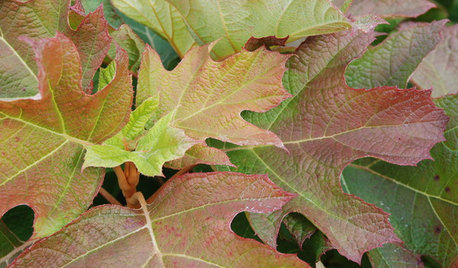
GARDENING GUIDESNortheast Gardener's November Checklist
Let titian foliage and berries, silky milkweed, late-blooming asters and more lure you out into the autumn garden
Full Story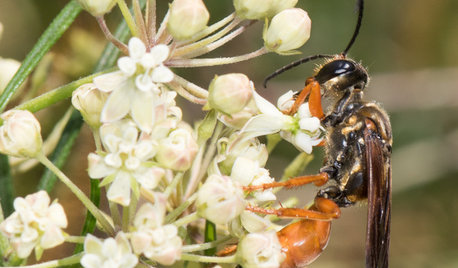
GARDENING GUIDESGreat Design Plant: Asclepias Verticillata
Plant whorled milkweed in dry central and eastern U.S. gardens to attract monarch butterflies and other insect pollinators
Full Story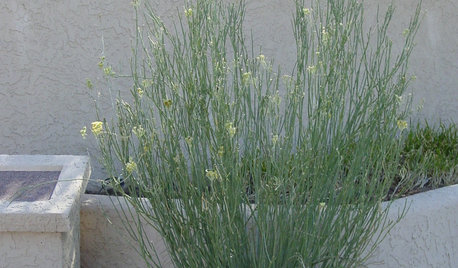
GARDENING GUIDESGreat Design Plant: Asclepias Subulata
With its attractive upright shape and yellow flowers, Southwest native rush milkweed adds beauty while attracting butterflies
Full Story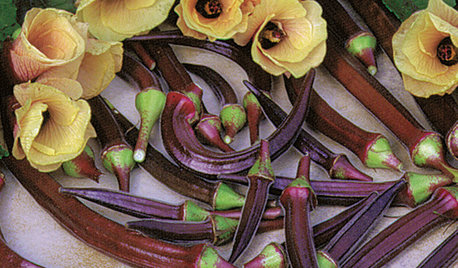
GARDENING GUIDESSummer Crops: How to Grow Okra
Go for the gumbo with this quick-growing edible that brings colorful pods and delicate flowers to a summer garden
Full Story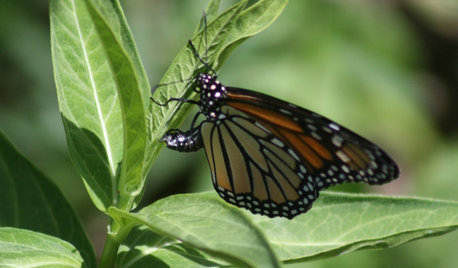
CENTRAL PLAINS GARDENINGCentral Plains Gardener's May Checklist
Set out flowering shrubs for spectacular blooms, get veggies going and roll out the milkweed mat for butterflies
Full Story
EVENTSWhimsy, Color and Pattern Are Highlights of the 2015 Holiday House NYC
Step inside birthday-party-inspired playrooms and frosting-like spaces in this year's decorators' show house
Full Story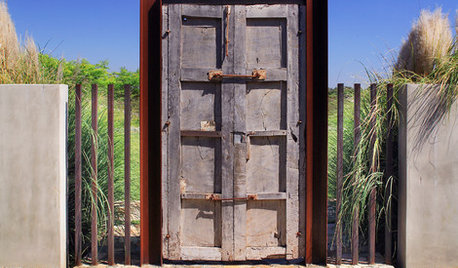
MATERIALSMesquite: The Brawny Beauty for All Over the Home
Denser than other hardwoods and sporting beautiful coloration, mesquite makes a fine material for flooring, countertops, furniture and more
Full Story






ericwi
LizOriginal Author
Related Professionals
Alexandria Landscape Contractors · Broadlands Landscape Contractors · Fairfield Landscape Contractors · Mesa Landscape Contractors · Soddy Daisy Landscape Contractors · West Orange Landscape Contractors · Palos Hills Landscape Contractors · Kingsburg Landscape Contractors · Ellicott City Fence Contractors · Lexington Fence Contractors · Park Ridge Fence Contractors · Sandy Fence Contractors · Castaic Fence Contractors · Safety Harbor Window Contractors · Winnetka Window Contractorsericwi
wifey2mikey
Tony G
LizOriginal Author
Leafhead
Tony G